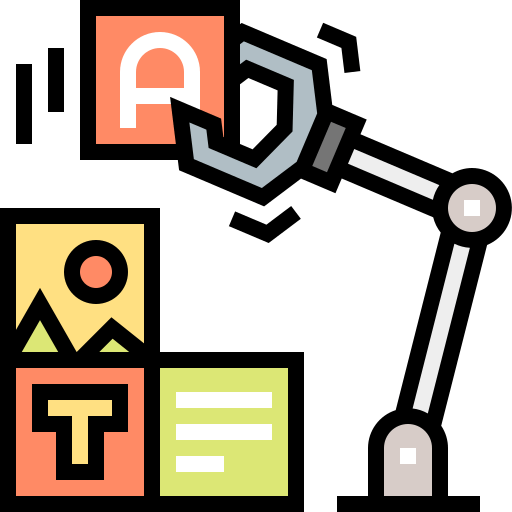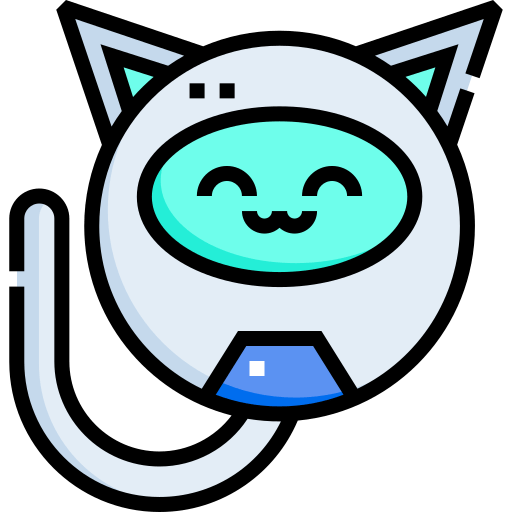
Designing an AI-driven blog involves combining artificial intelligence technologies with traditional blog features to create a dynamic and personalized user experience. Below are the detailed steps to design an AI-driven blog:
- Define Your Objectives: Clearly outline the goals and objectives of your blog. Determine what kind of content you will publish, who your target audience is, and what specific AI-driven features you want to incorporate.
- Choose a Blogging Platform: Select a reliable blogging platform that supports AI integration. Popular platforms like WordPress, Medium, or custom CMS solutions can be used as a foundation for your AI-driven blog.
- Content Generation and Curation: Use natural language processing (NLP) and machine learning algorithms to create or curate content automatically. AI can assist in generating articles, suggesting relevant topics, summarizing lengthy posts, and even translating content for a global audience.
- Personalization and User Profiling: Implement AI-based user profiling to understand your visitors’ preferences and behavior. By analyzing their interactions with the blog, you can offer personalized content recommendations and optimize their overall experience.
- Chatbots and Customer Support: Integrate AI-powered chatbots to handle user inquiries, provide real-time assistance, and address common questions. Chatbots can improve user engagement and keep visitors on your blog longer.
- Sentiment Analysis: Use sentiment analysis to gauge readers’ emotional responses to your content. This AI-driven feature can help you understand how well your posts are resonating with the audience and make improvements accordingly.
- Smart Search and Content Tagging: Enhance your blog’s search functionality using AI-driven algorithms. Allow users to find relevant content quickly by implementing intelligent content tagging and keyword recognition.
- Automated Content Promotion: Use AI to automate content promotion on social media platforms, email newsletters, and other channels. AI can analyze the optimal times to share content and create engaging headlines for better click-through rates.
- Content Recommendations: Implement a recommendation engine that suggests related articles or content based on users’ reading history. This encourages users to explore more of your blog and increases engagement.
- Performance Optimization: Use AI for performance optimization by analyzing user behavior, bounce rates, and conversion rates. This data can help you fine-tune your blog’s design and content to enhance its effectiveness.
- Voice Search and Voice Assistance: With the rising popularity of voice search, consider integrating voice recognition technology and voice assistance features into your blog. This allows users to access content hands-free, expanding your blog’s accessibility.
- Data Security and Ethics: As you collect user data for personalization, ensure that you comply with data protection regulations and prioritize user privacy and security.
- Regular Updates and Maintenance: Keep your AI-driven blog up-to-date with the latest AI advancements and regularly maintain the algorithms and integrations to ensure smooth functioning.
Remember that designing an AI-driven blog requires a good understanding of AI technologies or collaboration with experts in the field. It’s essential to strike a balance between automation and human touch to maintain a genuine connection with your audience.






